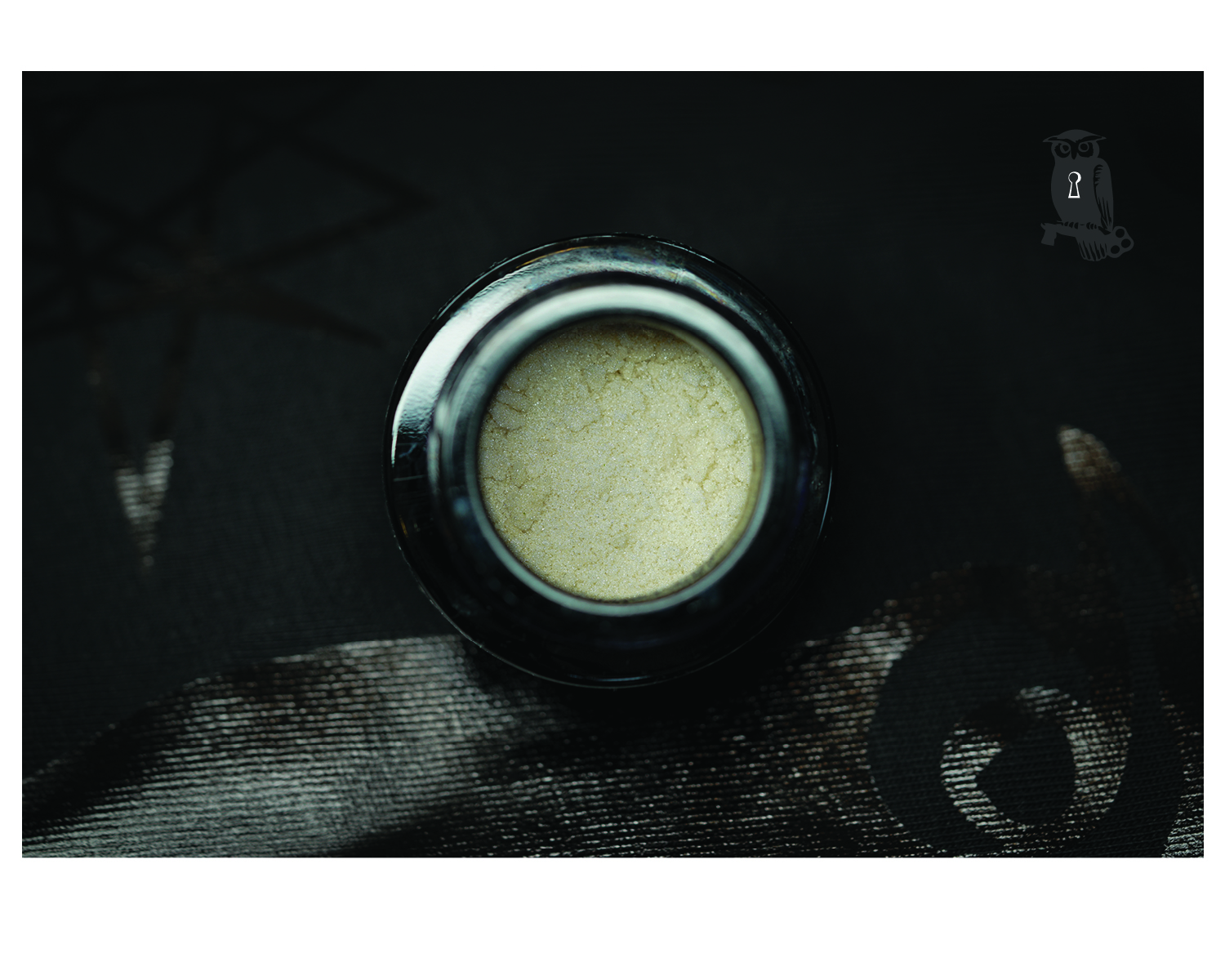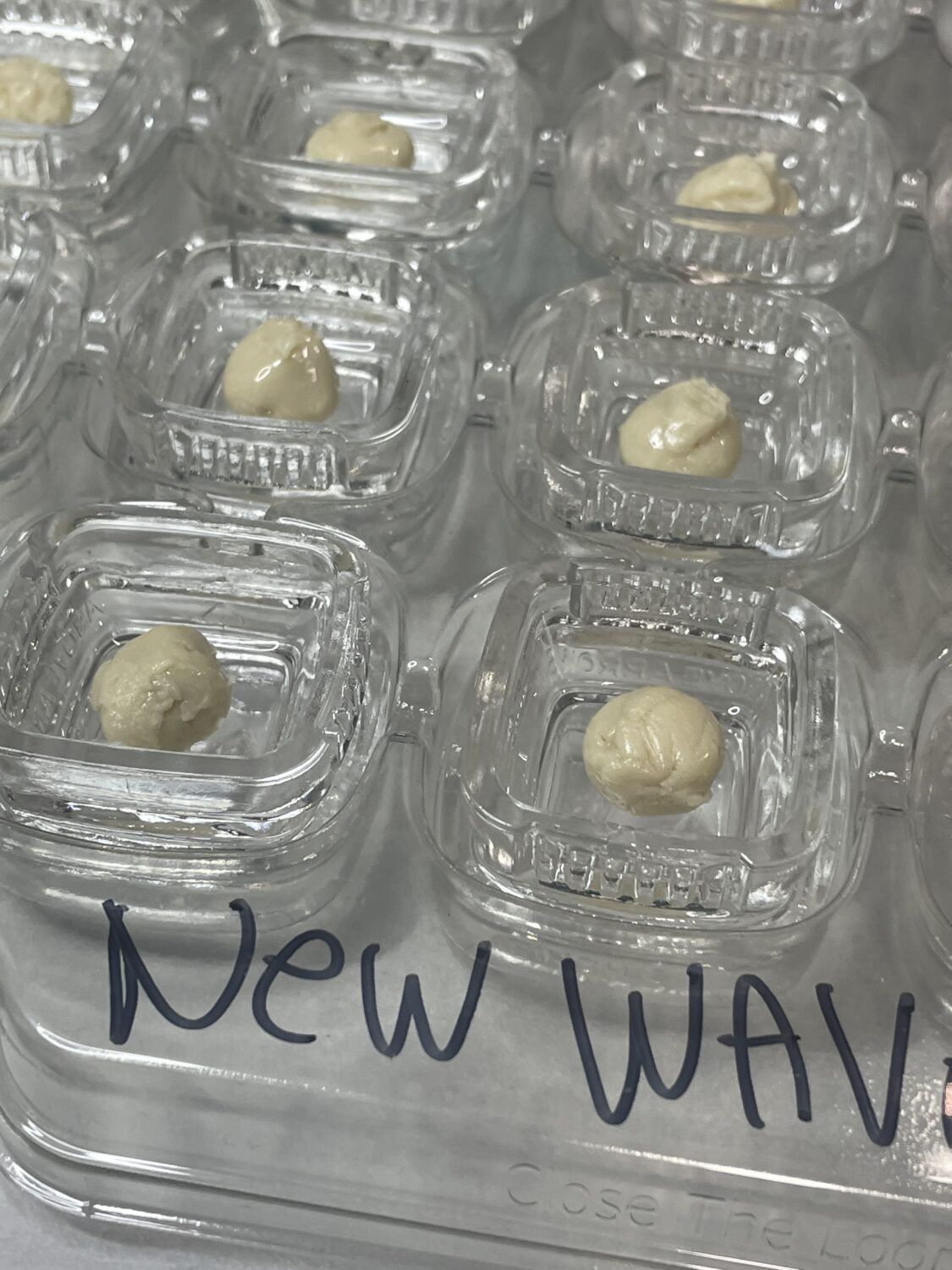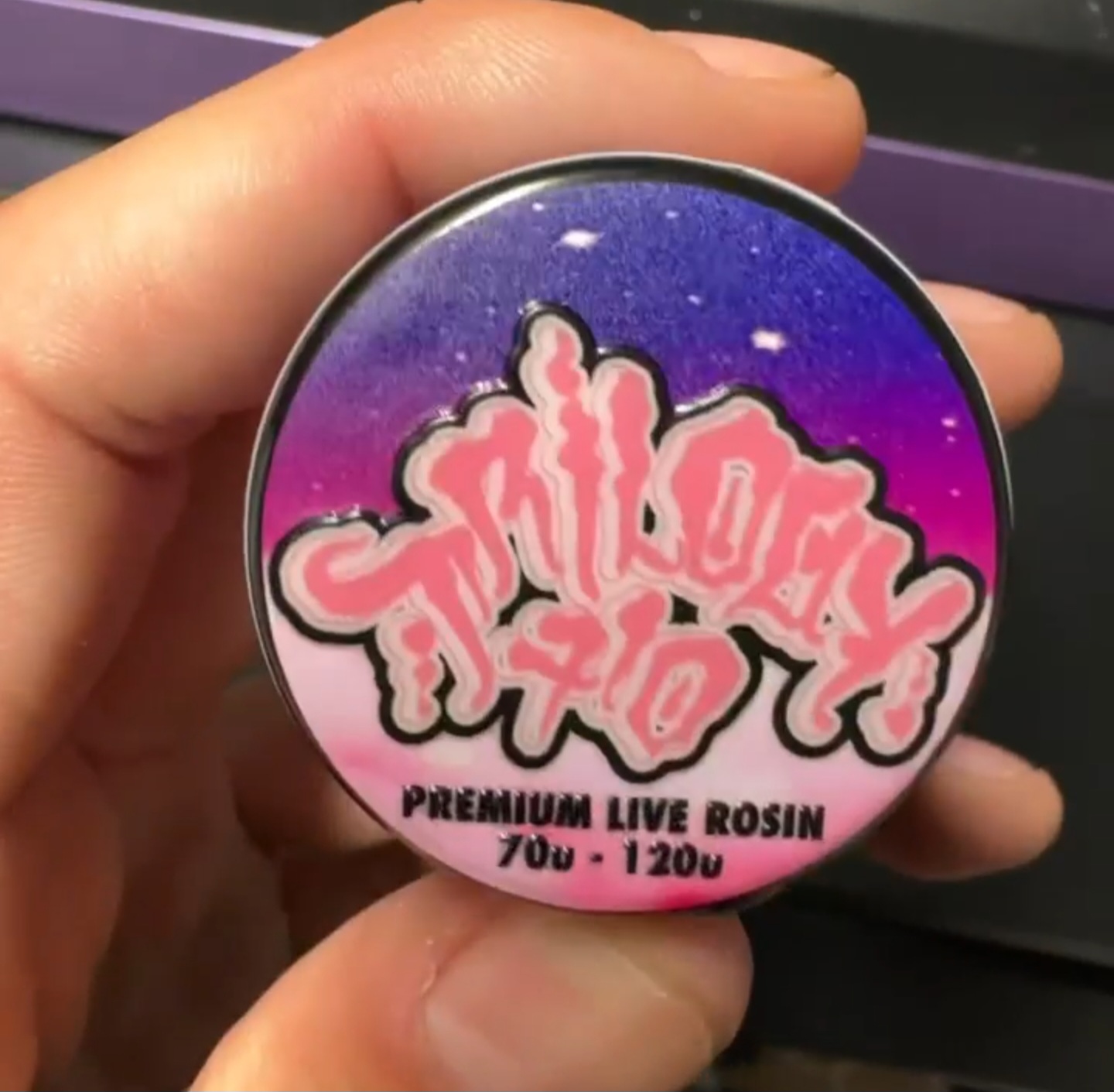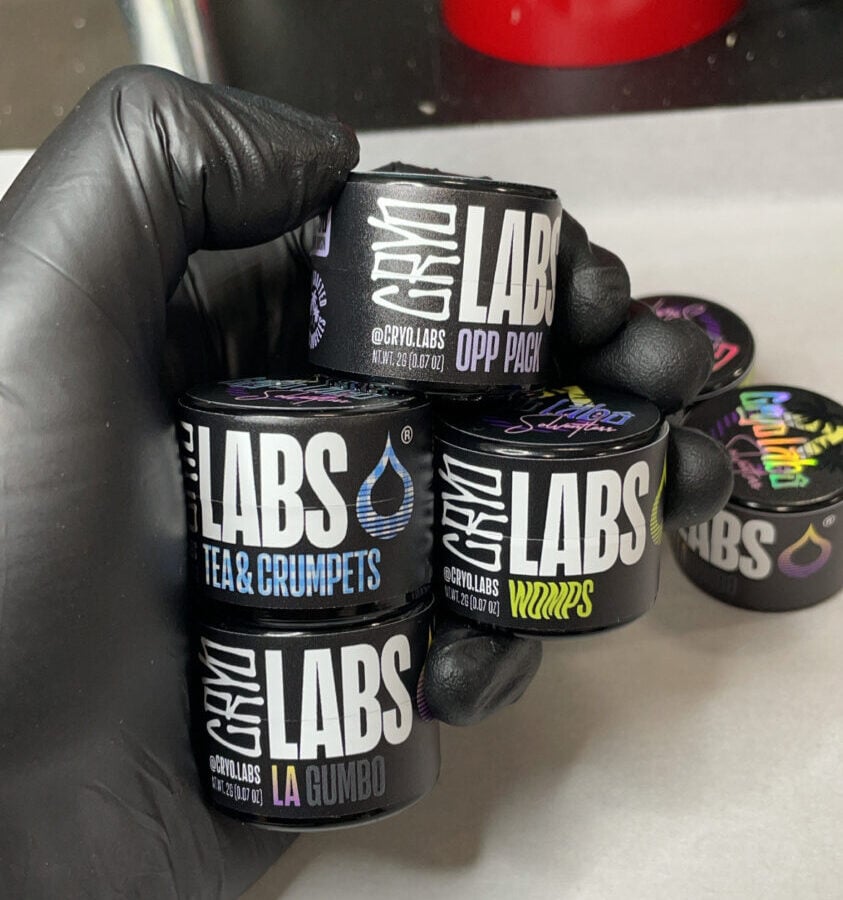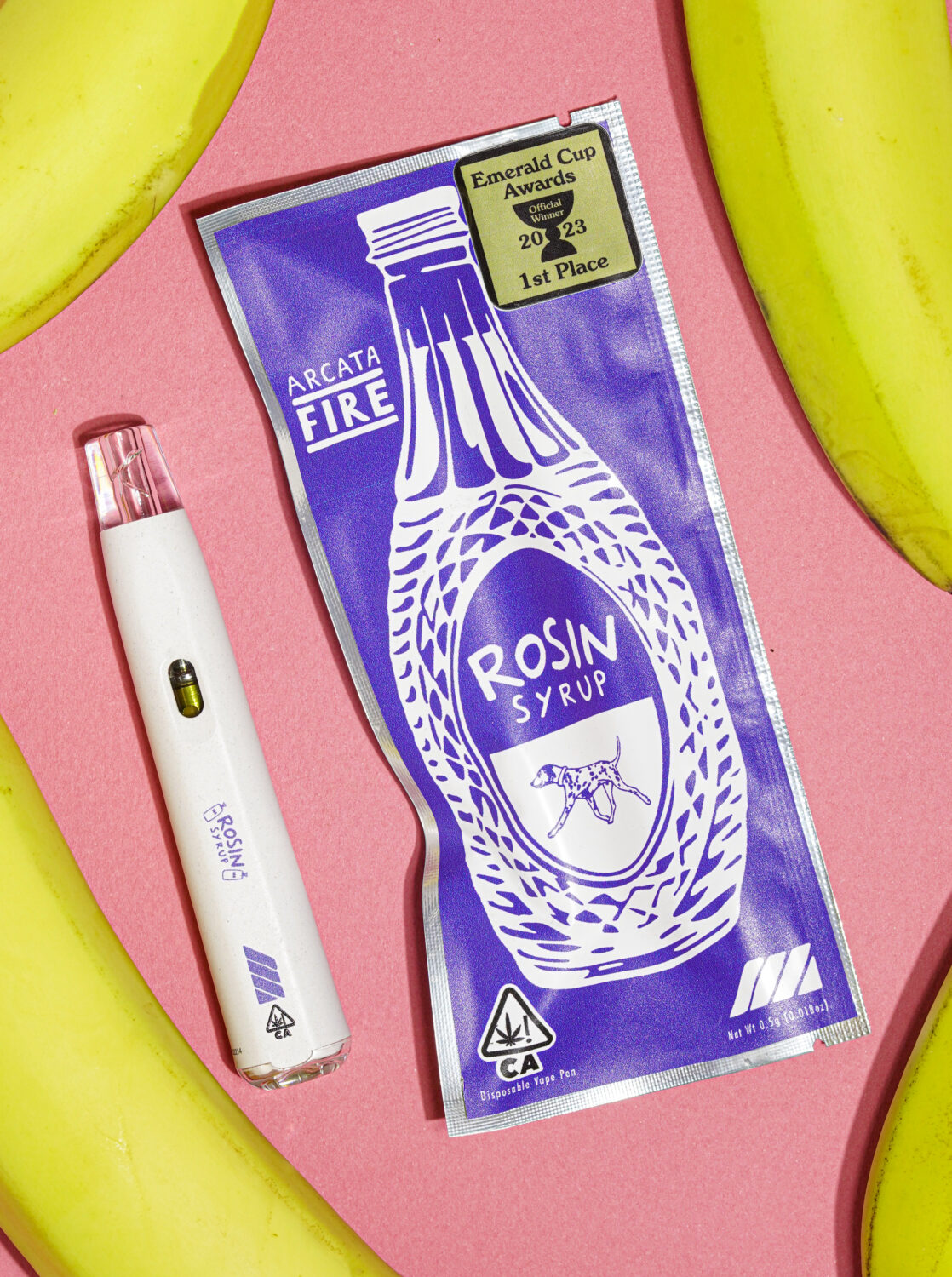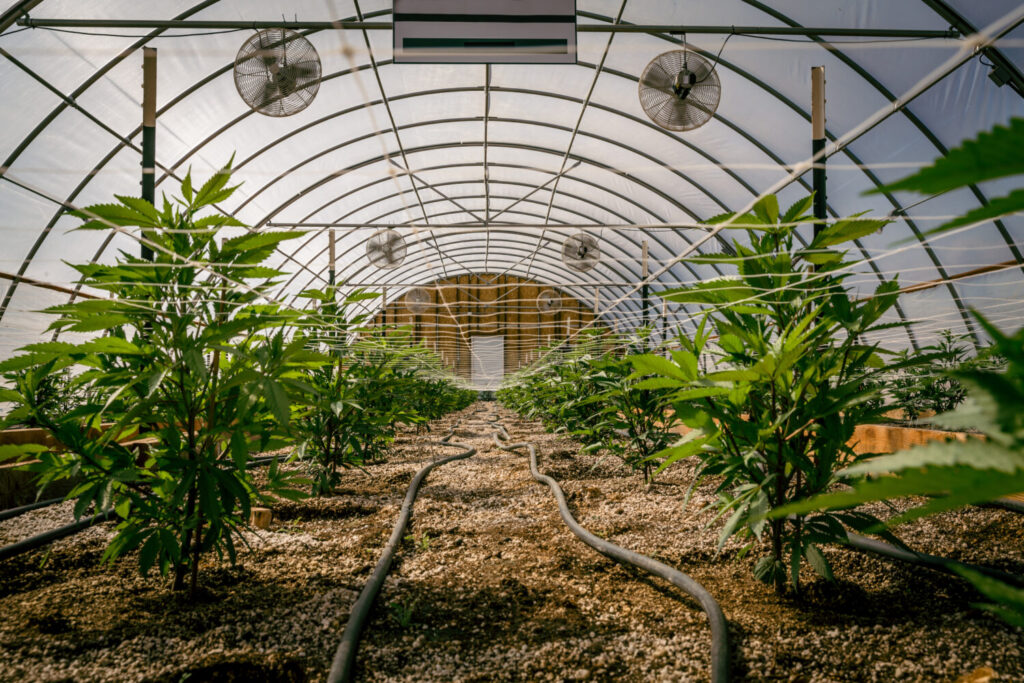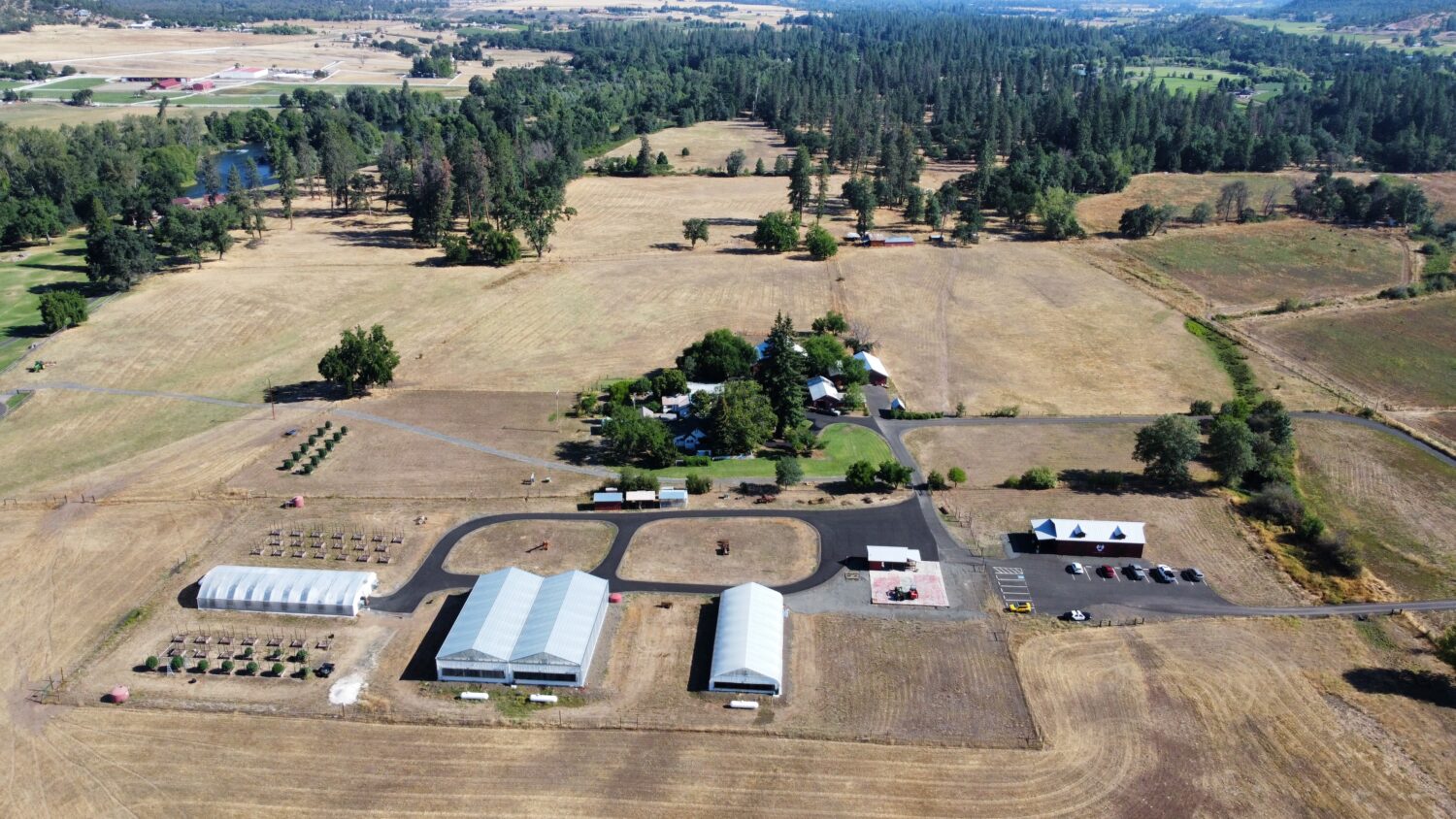LA PREPS FOR FREE SEED DAY
LA PREPS FOR FREE SEED DAY Since we first sat down with Masonic Smoker back in early 2021, he’s continued his rise on the genetics scene, locals might argue one of their favorite Masonic impacts on the community in those two years is Free Seed Day. This year, Free Seed Day will take place on…
LA PREPS FOR FREE SEED DAY
Since we first sat down with Masonic Smoker back in early 2021, he’s continued his rise on the genetics scene, locals might argue one of their favorite Masonic impacts on the community in those two years is Free Seed Day.
This year, Free Seed Day will take place on April 15 at Masonic’s on Fairfax.
Now one of the most significant events on the calendar for Angelino cultivators, the event initially got its start as an homage to Free Comic Book Day. Before the pandemic, Masonic had been participating in Free Comic Book Day for a decade.
“I was hanging out at my store and then Free Comic Book Day is usually on the first Saturday of May, but because of COVID they kind of messed it up,” Masonic told L.A. Weekly. As he sat in his shop dealing with the FOMO of missing out on the rescheduled festivities, the idea popped into his head. “So it all kind of came to fruition there when I was doing FOMO on previous comic book days, I made my own Free Seed Day, and here we are.”
Masonic went a bit more into the development process for that first incarnation of Free Seed Day. He noted he is generally pretty off the cuff. When he saw a solid response to the feelers he was putting out there about the idea he knew he was on to something.
“Then I also went out of my way to shamelessly ask some of the bigger names in the seed industry to chip in on the day, and as soon as Exotic Mike said he was down with it, everyone else kind of followed suit,” Masonic told L.A. Weekly.
When asked if getting the big name early helped set the course, Masonic said at the moment it helped a lot. But people were also receptive to his argument people would be helping themselves, breeders, and the community all at once.

Masonic Smoker (right) with his podcast cohost Comedy Store regular Frank Castillo at The Ego Clash Barcelona last month.
The turnout for year one was solid. Masonic estimates it was between 300 to 400 people, but he notes it’s kind of hard to remember the first one because the second was huge. More than doubling in size, Masonic estimates Free Seed Day 2022 saw 800 to 1,000 people participate.
With the exponential growth rate, we asked Masonic how many bodies he can realistically move through the shop during the festivities. He plans on having 1,000 bags ready to go. He estimates the value of those bags to be between $300 to $500 each. But don’t worry if you are person No. 1,001.
“There are probably five breeders hanging around at any given time. So if there’s an overspill of more than those 1,000 that I didn’t keep in mind, well, we don’t necessarily have like a whole bag for them, but there are free seeds there for you. And there’s a bag that we can put them in,” Masonic said with a laugh.

Free Seed Day 2021
While Masonic is trying to avoid having people line up too early this year, he understands the enthusiasm. The early bags for those who waited the longest will undoubtedly have some gems in them. Regardless, there will be plenty of love to go around even if you can’t do the whole urban camping experience.
“The reason for Free Comic Book Day is to kind of breathe a breath of fresh air into whatever storefront that they have, right? So in this case, the comic books that are for free are the seeds from Exotic and Bloom. The way that we pay for them in our case is like we go out of our way for like two weeks and we divvy them up. And we have the storefront to actually facilitate a free seed day,” Masonic noted, hoping folks might grab a T-shirt while they’re at the shop. He’s got something for all tax brackets.





